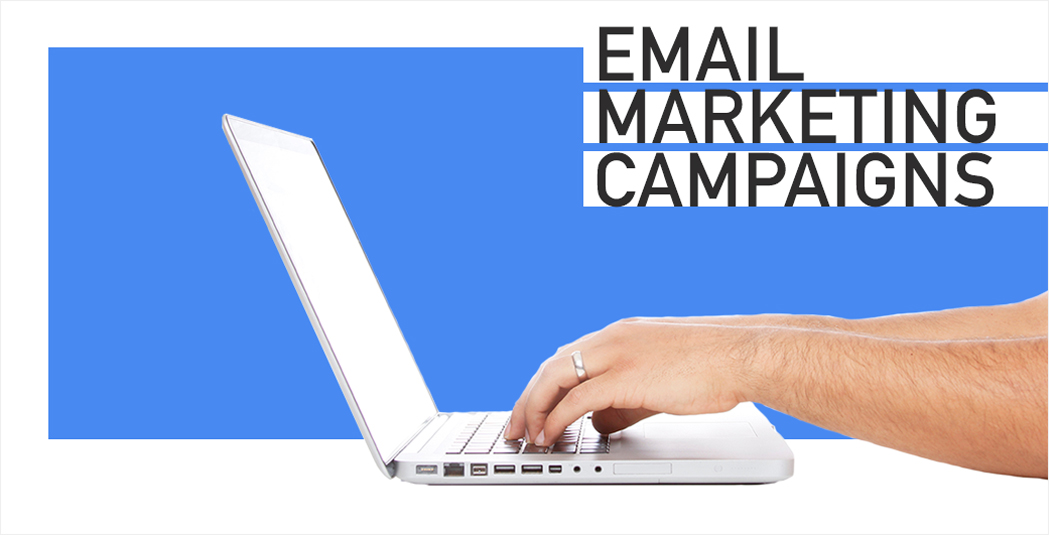First of all, it is easy to get carried away with an Email marketing campaign. They have been around since the birth of the internet, and there are numerous examples of email marketing campaigns that achieve their goal without alienating their audience, and there are probably even more examples of poorly executed campaigns that failed miserably at their goals and quite literally destroyed their relationships with their customers. I can speak from experience. There are numerous companies that I have felt ruined their relationship with me by annoying me over email. Here are some ideas on how not to do that.
In this blog, we are going to try to break down in very basic terms how we like to design email campaigns here at our agency, what tools we like to use, and how we like to analyze how we are achieving our goals.
We want to share this information with you in the hopes that it may help you in your quest to better engage with your audience. We are going to break this blog into several parts so that we can concentrate on different aspects of the email marketing campaign from goal setting, to collecting your audience information, to designing your campaign, and finally analyzing the statistics and follow up adjustments.
This blog post represents part 1:
Collecting your audience information
So let’s start with the basics, how are you collecting the email addresses that you plan to send this campaign to? Are you targeting consumers directly or other businesses? Where are you interacting with your customers? Where can you target the most engaged customers, and how can you provide value to them through this email?
These are important questions to not just ask yourself, but answer. You, the business owner, and your whole team. Ask everyone, get everyone’s ideas. If you don’t have a team yet, ask your wife, kids, parents, friends. You get the idea.
This is the most crucial step. If you fail at this, your campaign is doomed. You want to target your most engaged customers and provide them real value. Find out how to get their email addresses, the customers that want to give you their emails because they want to be more connected to your organization, they want the discounts that you can give, be creative.
If you have a retail store, this may involve setting up a loyalty points program, give some sort of a discount and take in their name, phone, and email. In the email campaign, you can remind them of your Customer Appreciation days or offer a coupon only available from the email.
Make your email have real value by placing actual dollars back in the pockets of your most engaged customers. Use the email to drive traffic to specific new products, to make specific purchases, and to have a special discount that is only available to customers that are willing to offer you their email address in return.
Remember, it is a real privilege to have a customer be willing to receive messages from your organization, do not abuse this privilege. We like to set a monthly limit to the number of emails that the organization agrees to send out, and stick to it. It can be easy to want to blast out a message every time some new product or promotion is being launched, don’t do that.
There are other mediums that can be used for more frequent communications, like social media. Use this form of messaging sparingly, only to inform your users of the most important updates to your organization.
Collect emails through a loyalty points program, through a form on your website, and through other offline methods to connect the physical world with the virtual world. Once that connection has been made, make sure to update your lists every month. It is important to be continuously collecting new subscribers each month.
Once you have implemented the business processes to start collecting a good high-quality list of subscribers, it is time to design your campaign.
Stay tuned for Part 2 – Designing your email marketing campaign.
Best of Luck,
HMS Communications Team.




